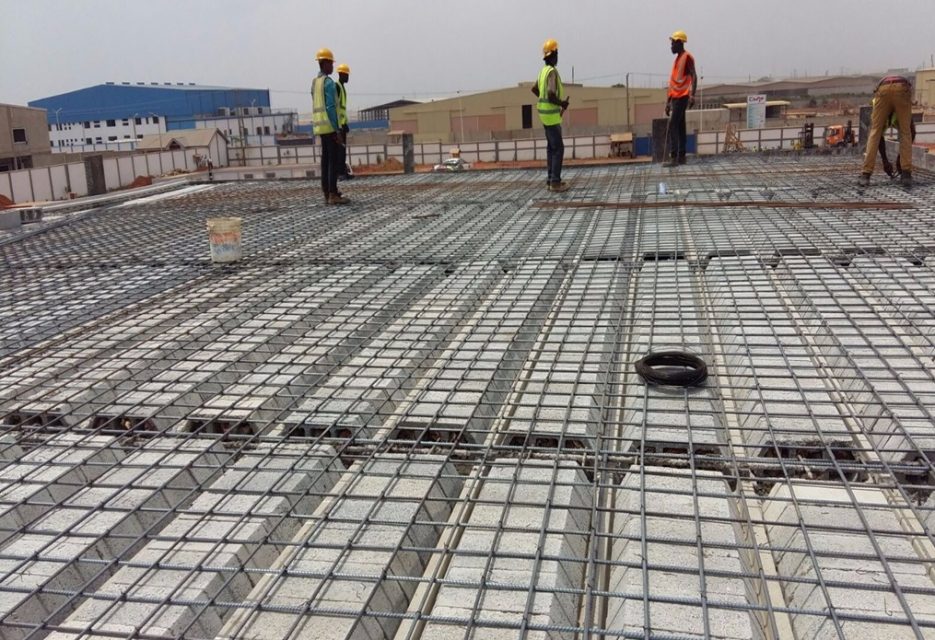Construction of a fertilizer production factory in Somanya in the Yilo Krobo Municipality, Ghana has commenced. Mr Eric Kwakye Dafour, the Eastern Regional Minister cut the sod for the project.
The factory is under the one district one factory initiative and part of the “Creating and Capturing Value” (Capval) project launched in 2015 by the International Water Management Institute (IWMI) and Jekora Ventures Limited with support from the Netherlands Enterprise Agency.
Also Read:First recycled plastic brick factory in Africa to be constructed
Fertilizer factory
The Capval project seeks to demonstrate that sanitation and waste management could support a circular economy. The factory will be used to process both faecal and bio-degradable waste.
Speaking at the launching ceremony, Dr Josiane Nikiema, the Representative from IWMI said that the smaller facility would be positioned to produce 200 metric tonnes of compost annually by transforming 5,000 cubic metres of faecal sludge and 300 metric tonnes of solid waste.
She added that here would also be the bigger processor within the factory, which would produce 1,000 tonnes of low cost fuel prickets annually for use by households and institutions in the Municipality.
Mr Eric Kwakye Dafour, the Eastern Regional Minister commended the project and said that the siting of the plant would help in making good use of waste generated in the community and its environs such as maize husk.
“The coming of the fertilizer factory into the Municipality would help farmers to readily get access to fertilisers to grow their crops for successful outcomes each season,” said Mr Eric Kwakye Dafour.
The factory is scheduled for inauguration early next year. Jekora Ventures, the contractor handling the project was selected from the Municipality and that all the artisans working on the project are from the community as part of ensuring that there was strong local content in the entire process.
